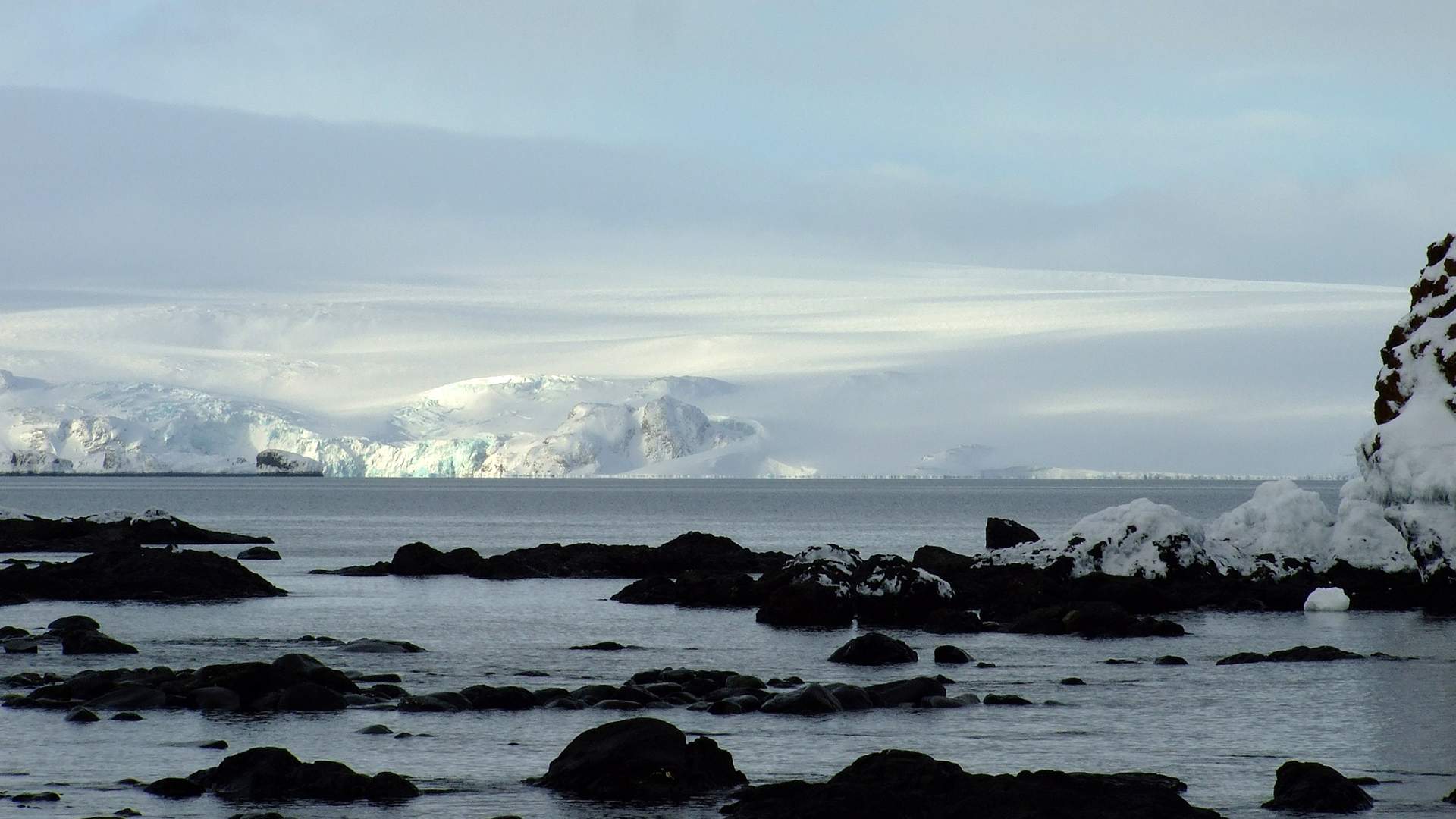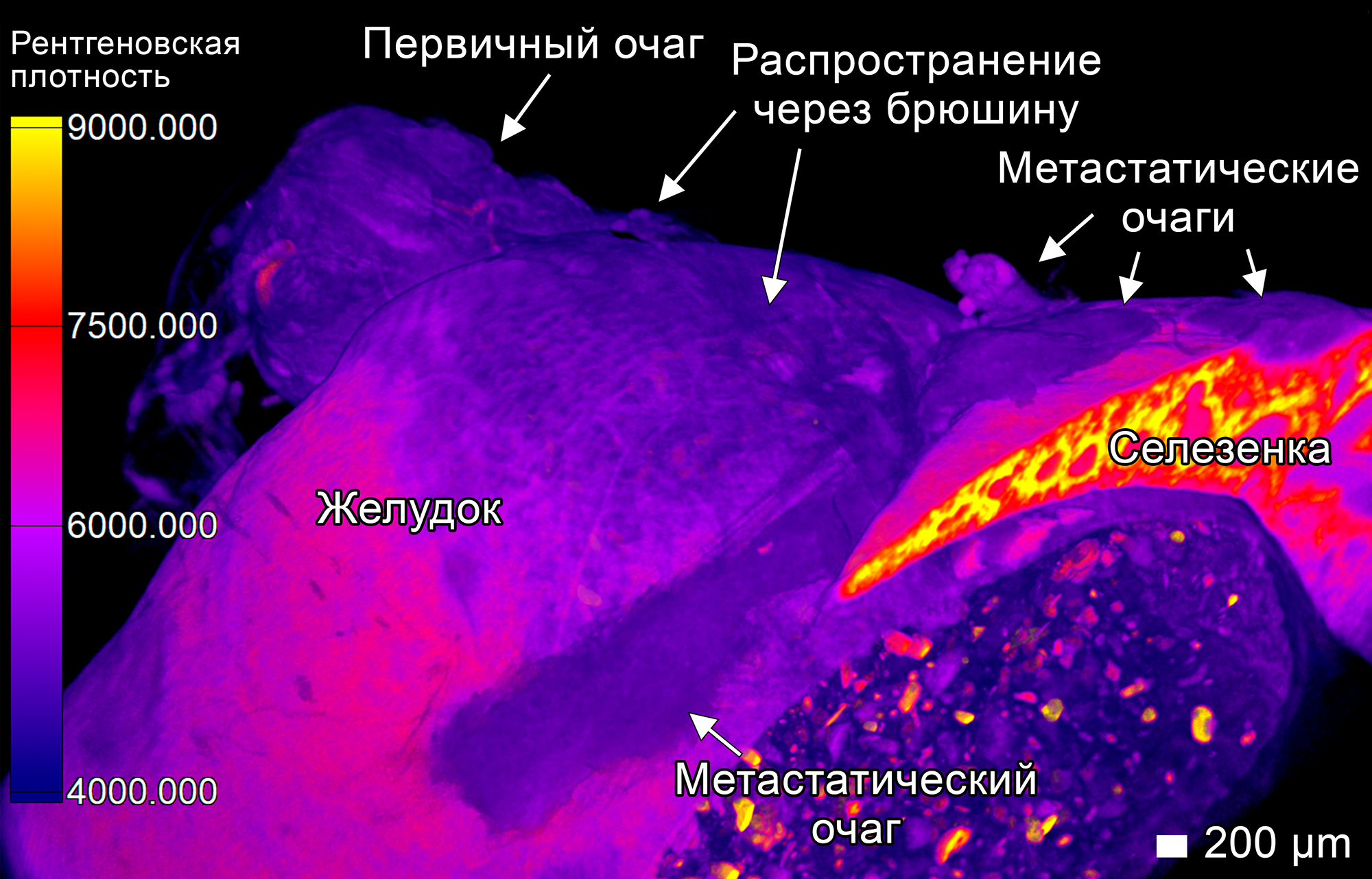- Статьи
- Science and technology
- Prints and joys: a printer for nanostructures and krill in the northern seas
Prints and joys: a printer for nanostructures and krill in the northern seas

Russian engineers have created a device for printing nanoparticles, and programmers have developed a personal expert. At the same time, a private research crew traveled in polar orbit. In addition, for the first time in the world, Russian doctors investigated the development of metastases in 3D format, and polar explorers noted the appearance of krill accumulations in the Arctic seas, followed by herds of large commercial fish. This is stated in the collection of the most interesting scientific news prepared by Izvestia.
Russia's Arctic seas will become commercial
Russian scientists have noted an increase in the number of krill in the Kara, Laptev and East Siberian seas. They expect that after zooplankton, predators will come to the northern seas — herds of fish that these crustaceans serve as food. As a result, these seas will become commercial.
— Previously, the typical picture for the Arctic was that species brought in by warm currents did not reproduce due to the harsh conditions in the northern seas. Therefore, they could not gain a foothold in the region. However, the situation is changing now, and we can see that krill is breeding well in the northern seas. Previously, only the Barents Sea was considered a fishing region in Russia's northern waters," said Vasily Povazhny, head of the O.Y. Schmidt Laboratory at the Arctic and Antarctic Research Institute.
At the same time, he said that as a result of the destruction of long-term ice in the Laptev Sea and the East Siberian Sea, a large expanse of free water was formed — the so-called Great Siberian Polynya. Young ice forms faster here.
Due to this, the transpolar transfer of ice has increased, which creates difficulties for navigation, to which it is necessary to adapt.
Nanoprinter will help you find criminals
The world's first dry spray printer has been created at the Moscow Institute of Physics and Technology (MIPT). This method allows nanomaterials (graphene, carbon nanotubes, metal particles) to be applied without the use of liquid solvents. At the same time, a resolution of up to tens of nanometers is achieved.
The technology can be used, for example, to manufacture flexible microelectronics or biosensors. At the same time, when printing boards, a track width comparable to a human hair is achieved. And when creating photodetectors, the development makes it possible to add additional quantum dots, which will increase the sensitivity of the devices.
—The printer allows you to quickly change the size of nanoparticles in real time, which makes it possible to adjust the resonant properties of structures for specific tasks, for example, in optoelectronics or analytical chemistry," said Vladislav Borisov, an employee of the MIPT Functional Materials Testing Center.
He explained that the developers combined four technological processes in one device: synthesis of nanoparticles, their modification, aerosol beam printing and laser sintering of an array of nanoparticles on a substrate.
The printer forms structures with line widths from 30 to 400 micrometers with particles with sizes from 50 to 300 nanometers. At the same time, laser sintering makes it possible to produce monolithic conductive microstructures. This is of interest in microwave electronics.
The secret of the development of metastases was revealed by Russian scientists
For the first time in the world, specialists from Sechenov University and a number of other Russian research centers have used the method of X-ray computed microtomography to observe in detail the formation of metastases in living tissues.
The study was conducted on mice that had been transplanted with fragments of malignant neoplasms. The proposed method made it possible to visualize processes in three-dimensional space with high resolution.
— Histological examination, which pathologists use to diagnose oncological diseases, allows obtaining only flat, two-dimensional sections of the tumor and surrounding healthy tissues. For accurate diagnosis, this method is considered the gold standard, but on flat sections it is impossible to trace exactly how the neoplasm spreads in living tissue. Therefore, we have increased the accuracy of imaging tumor progression by combining microtomography and histology," Sergey Tkachev, head of the study and a junior researcher at the Institute of Regenerative Medicine at Sechenov University, told Izvestia.

As a result, scientists have shown that metastasis is not just the destruction of tissues, but complex processes of collective migration of tumor cells, in which they initiate the further spread of cancer in the body.
An AI expert in all fields of knowledge was developed in Russia
Russia has introduced a neural network program that learns from user-provided data. You can upload any amount of information on the desired topic to it. This includes links to websites, books, articles, textbooks, presentations, videos, and audio recordings. The service itself will process and assimilate the acquired knowledge, after which it will form a convenient database of them. It will be possible to access it in the dialog mode.
The technology was introduced by Yandex. The development was called "Neuroexpert". The program is currently undergoing beta testing, which everyone can join.
— Any generative model's own knowledge is limited by the data set it was trained on. External information from arbitrary knowledge bases can be submitted to the input of such models. For example, from the Internet. Such solutions are also called RAG systems (Retrieval Augmented Generation, augmented sampling generation). Neuroexpert is also a RAG system, but the users themselves indicate the sources of information for it," the company explained.
The developers emphasized that a neural network can become a personal expert in any field for everyone: a personal lawyer, an English teacher, a car selection consultant, a nutritionist, and so on.
Private researchers have entered the polar orbit
On April 1, the Fram-2 mission, a completely private scientific research space expedition, was launched. Within its framework, the Falcon-9 rocket, launched from Cape Canaveral (USA), launched the Crew Dragon C207 Resilience spacecraft into polar orbit at an altitude of about 440 km.
The mission's crew consists of non-professional astronauts. The commander is a Maltese citizen, businessman Chun Wang. The other members of the expedition are director and cinematographer Jannike Mikkelsen from Norway, robotics scientist Rabea Rogge from Germany and polar explorer Eric Phillips from Australia.
Fram-2 is the first mission in which humans have flown through areas of weak magnetic fields and increased radiation near the Earth's poles in orbit. Therefore, one of the main goals of the researchers is to understand the dangers that await people in such orbits.
In total, the flight participants conducted 22 scientific experiments, including obtaining the first X-ray images of the human skeleton in zero gravity, experiments on growing mushrooms and observing the aurora borealis and the rare phenomenon of STEVE — purple or pink glow, which occurs due to the heating of ions in the upper atmosphere.
Переведено сервисом «Яндекс Переводчик»







